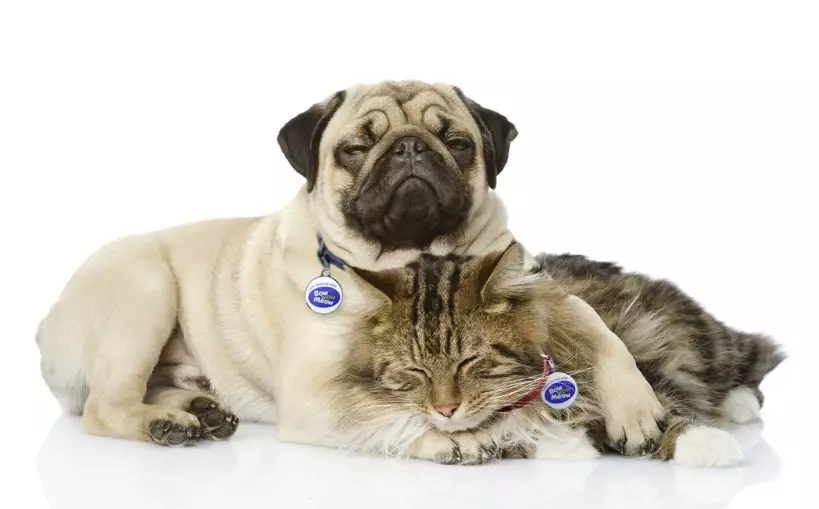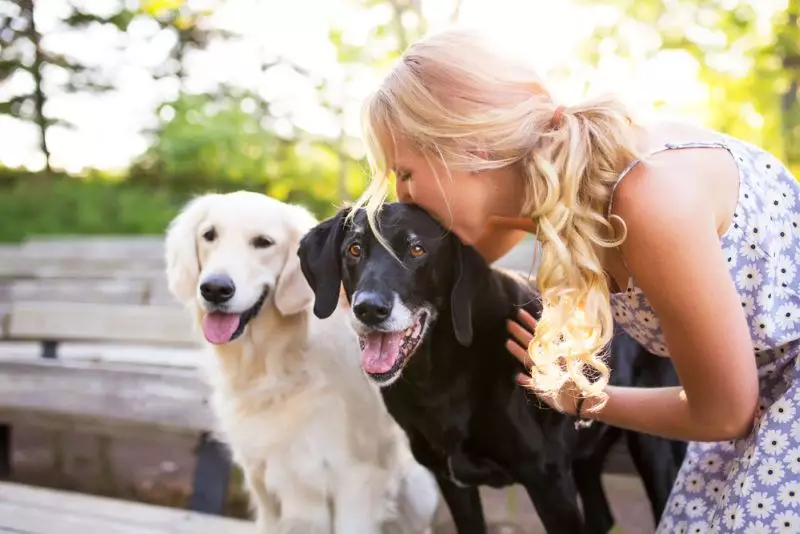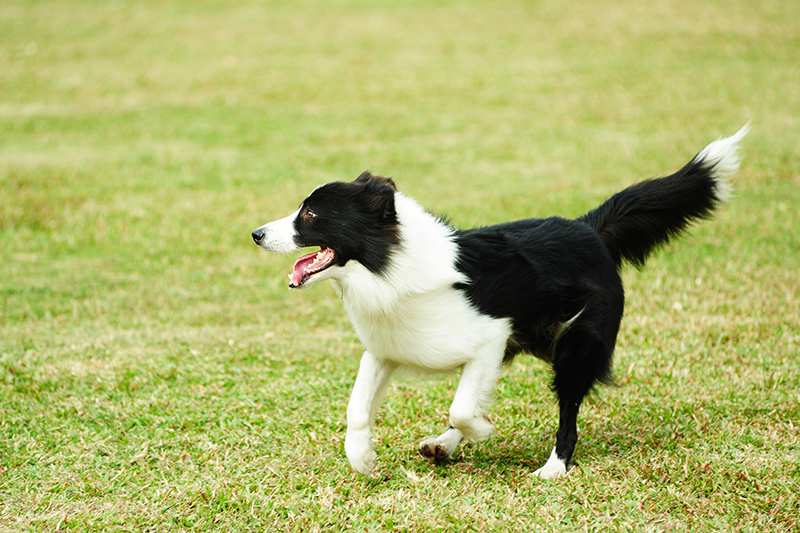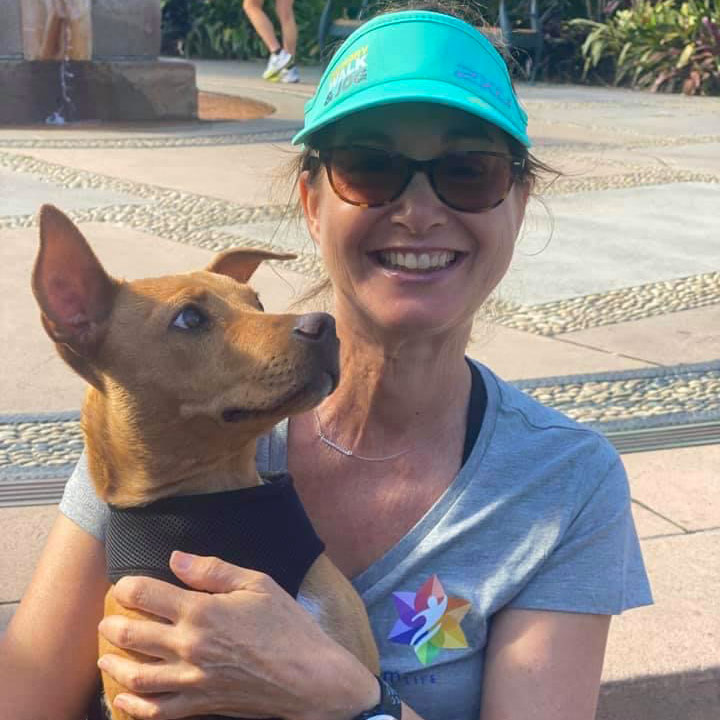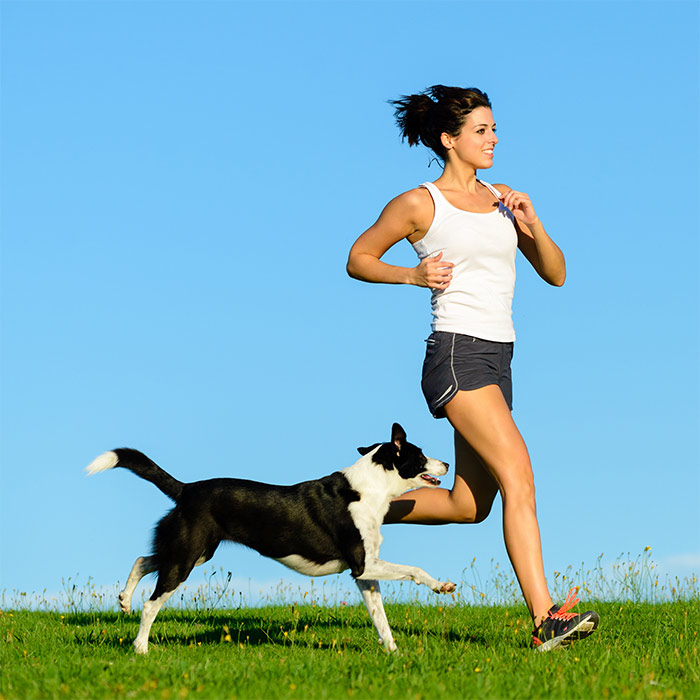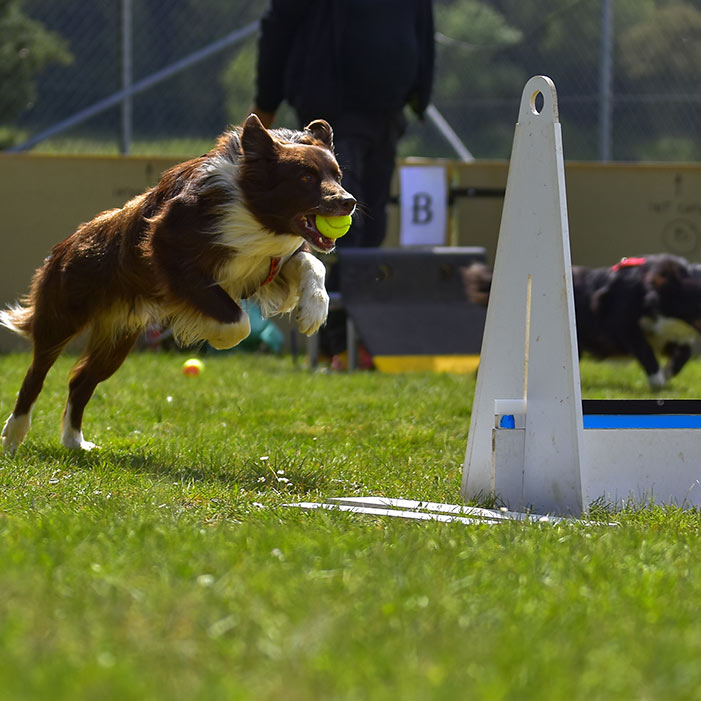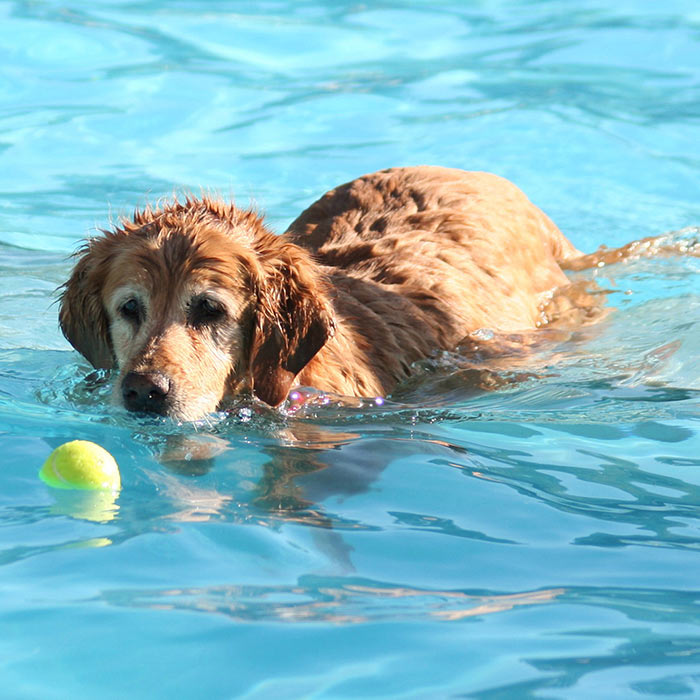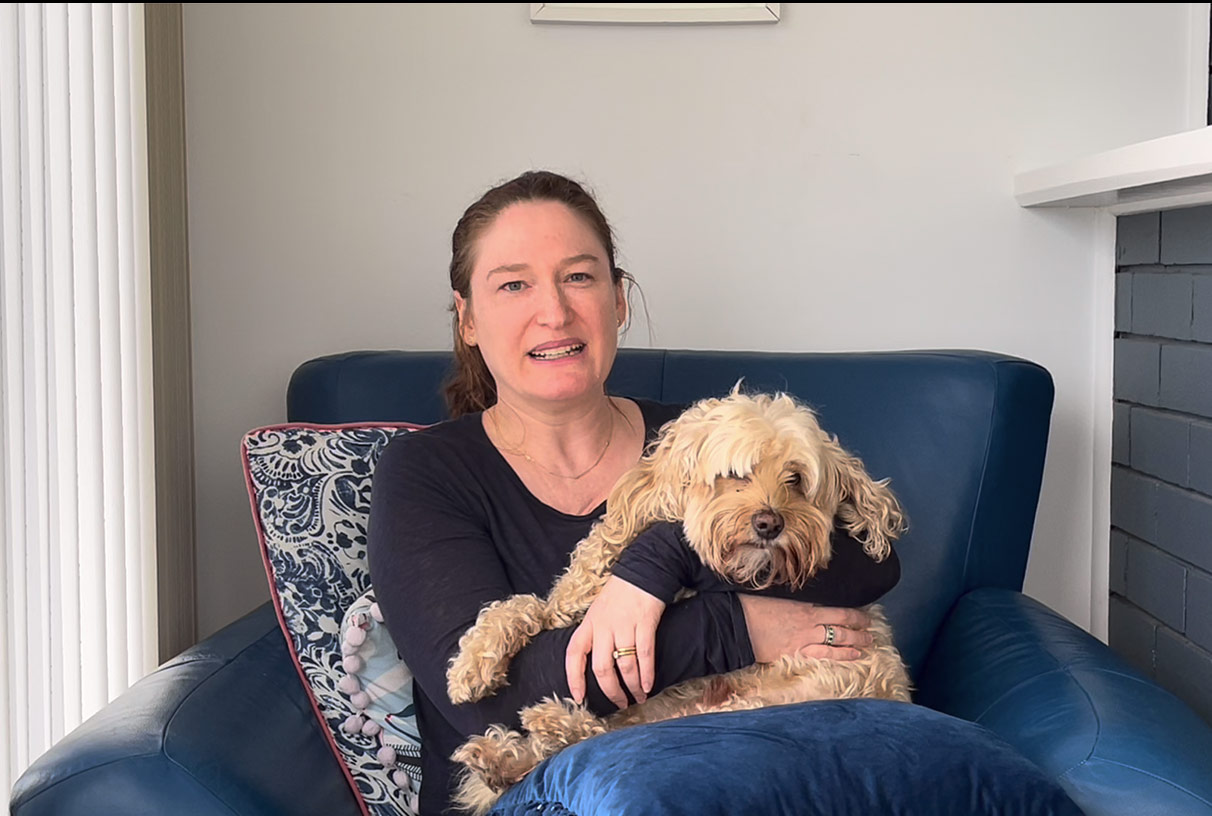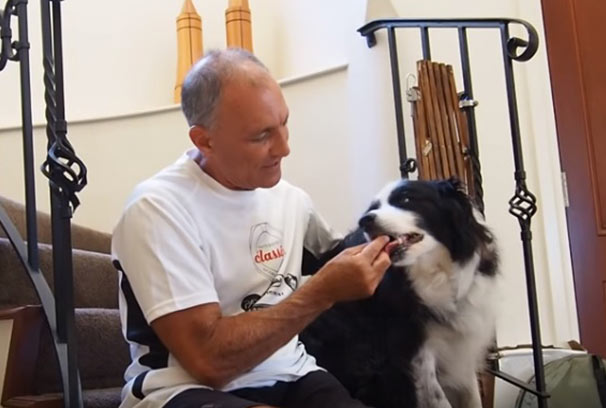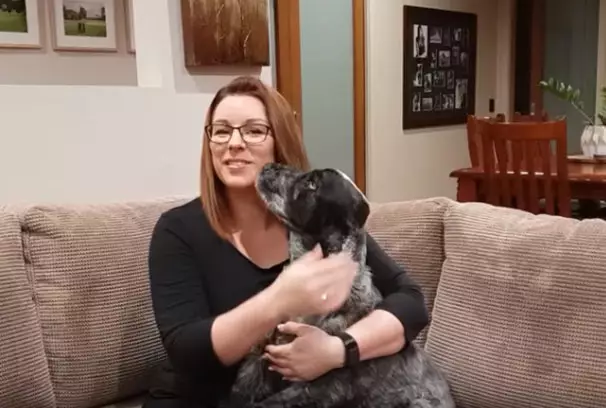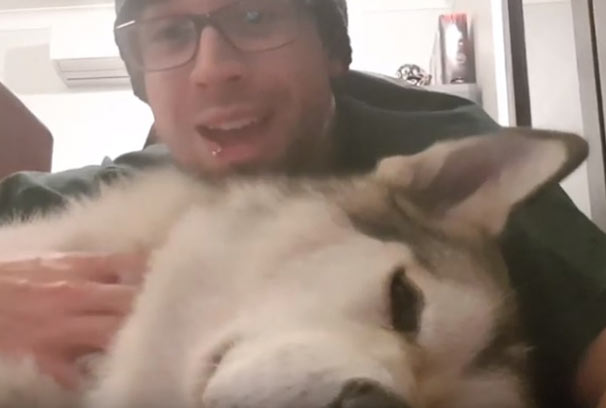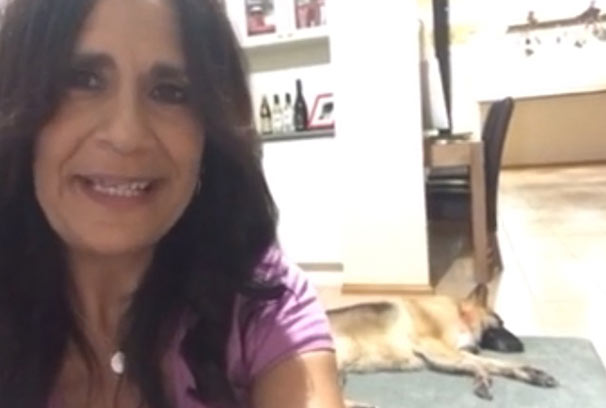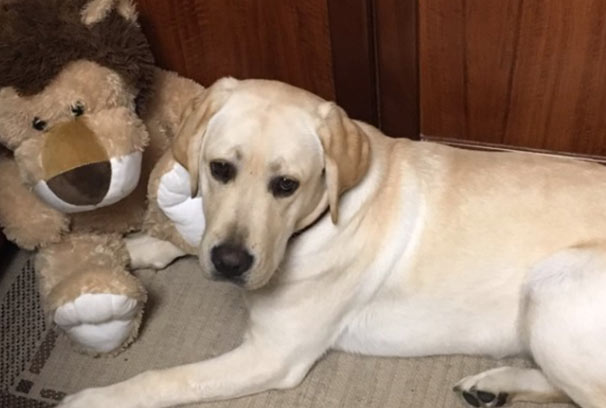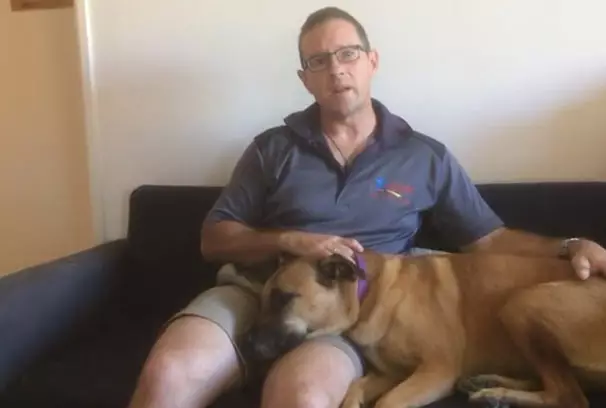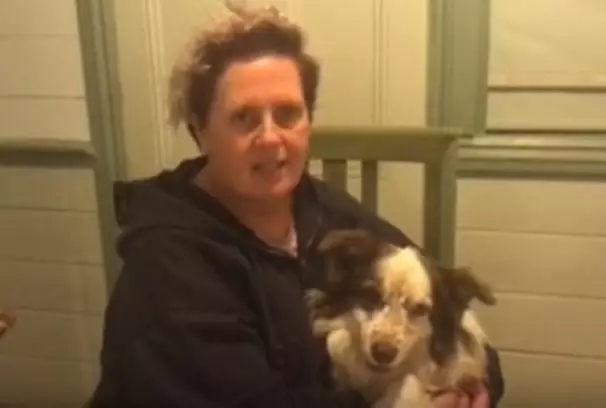Dog sports: fun activities for dogs & owners
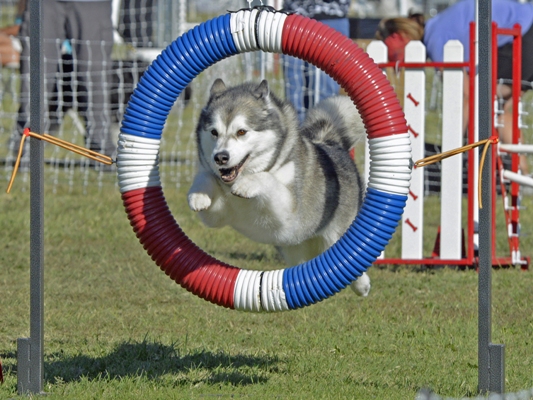
If you are looking for a new activity to share with your dog – one that satisfies the need for both physical and mental stimulation – you may want to consider taking up one of the many dog sports that are currently available in Australia. Participating in a dog sport is one of the best ways to deeply bond with your dog as you work towards shared goals, learn new skills, and have fun together. You also get to feel a great sense of reward and accomplishment once you have mastered the necessary skills and become a true team.
 Many dog sports are open to canines of any breed, size and age, even older dogs who haven’t competed in sports before. If competing is not your thing, you can train for fun and even participate non-competitively in many of the dog sports, or if that’s not your thing either, you could set up a modified version of some activities in your own backyard. If you do choose to compete, there are trophies and ribbons to strive for, but for most owners, the excitement of taking part and the pride you feel in your dog are enough of a reward.
Many dog sports are open to canines of any breed, size and age, even older dogs who haven’t competed in sports before. If competing is not your thing, you can train for fun and even participate non-competitively in many of the dog sports, or if that’s not your thing either, you could set up a modified version of some activities in your own backyard. If you do choose to compete, there are trophies and ribbons to strive for, but for most owners, the excitement of taking part and the pride you feel in your dog are enough of a reward.
When deciding which is the right dog sport for you and your dog, consider your dog’s breed, skill set, interests and activity level, as well as the amount of time you have to devote to training. Some breeds are naturally better performing certain functions than others; for example, they may have innate skills as hunting companions, herders of livestock, or guardians of people and property. A few sports are specific to a breed category, like Retrieving and Herding, while many others, like Obedience, Agility and Rally, are more general in the type of skills they require and are open to all types of dogs.
Learn more below about the following dog sports:
- Agility
- Canicross
- Dances with Dogs or Doggy Dancing
- Disc Dog or Canine Disc or Frisbee Dog
- Dockdiving
- Dogsledding
- Flyball
- GRC Dog Sport
- Herding
- Hoopers Dog Sport
- IPO or Schutzhund or PSA
- Lure Coursing
- Nosework or Scent Work
- Obedience
- Rally
- Retrieving
- Tracking
- Tricks
Agility
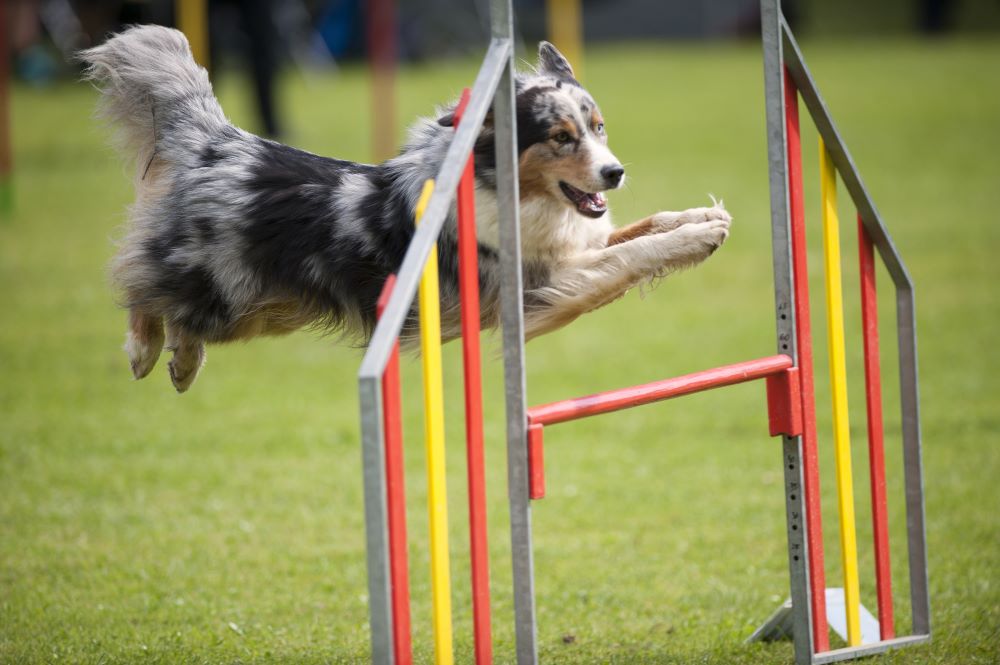
Dog agility is a fun way for dogs and their handlers to get physically fit together. Agility requires the dog to go through an obstacle course off-leash, as fast as possible. The dog’s handler directs the dog through the course by running alongside and giving instructions using only voice or body signals, with the dog relying on theses cues and body language to direct him through the course.
Agility courses typically have between 14 to 20 obstacles, including an A frame, dog-walk, seesaw, different types of tunnels, hurdles, tire hoop, long jump and weave poles. Obstacle jump heights are matched to the dogs, depending on their height and/or age. Agility is a great bonding opportunity as you and your dog need to work together to get through the course.
Dogs of all ages and breeds can participate in agility, from the smallest to the largest, and fit adult dogs can start anytime. Dogs who enjoy running, respond well to instruction, and get along well with other dogs are good candidates for agility. The sport is well-suited to highly energetic breeds such as Border Collies and Australian Shepherds. But it’s not just about the dog – the handler is also critical to the process. While you don’t need to be a world class sprinter, you will need to develop excellent communication between yourself and your dog.
Agility can be as competitive as you want it to be – you can participate solely for fun, or work towards entering a competition. A good way to introduce yourself and your dog to the sport is by taking part in a class for beginners. Alternatively, you could purchase some basic equipment, such as collapsible tunnels and weave poles, and start off in your backyard – there are several affordable agility sets you can buy on-line – or create your own obstacles using household objects such as chairs, broomsticks and boxes.
Find out more:
- https://adaa.com.au
- https://www.agilitydogclubnsw.com.au/
- https://www.dogsnsw.org.au/events/agility/
Canicross
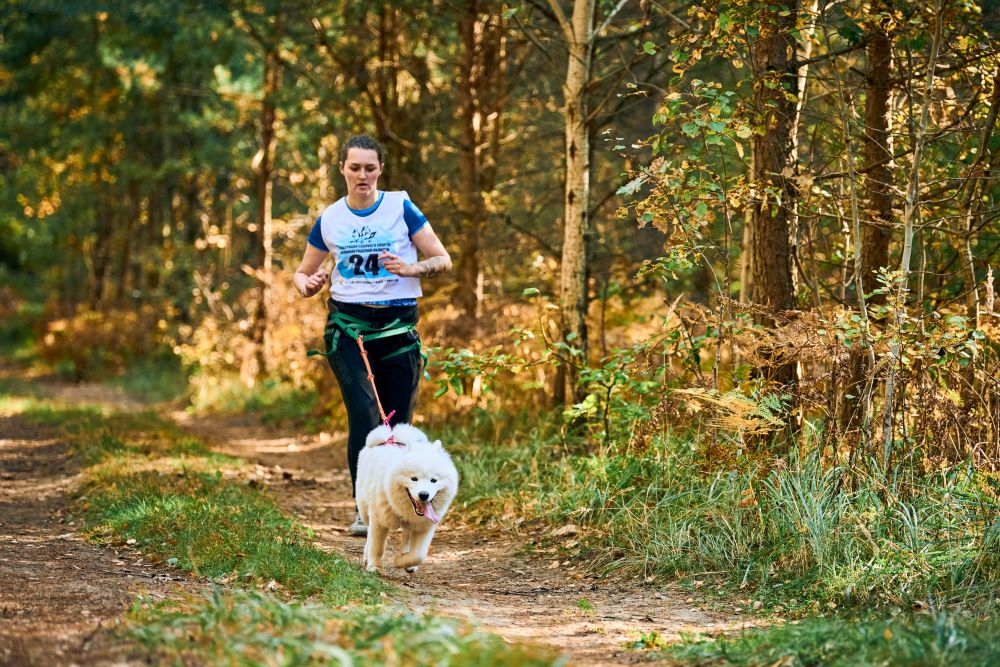
Canicross is the sport of trail running with your dog (it is also called cross-country running). It is a great activity for outdoor enthusiasts; all you need is a dog (or two) and the required equipment – a canicross belt, a bungee line and a harness. Races usually take place over a cross-country course of five to seven kilometres, providing great exercise for both owner and dog!
Anyone can participate in canicross events, and it is a great way to meet like-minded dog owners. A very popular sport in Europe to keep sledding dogs fit during the summer season, Canicross is gradually being introduced to sledding clubs around Australia.
Find out more:
Dances with Dogs (DWD) or Doggy Dancing
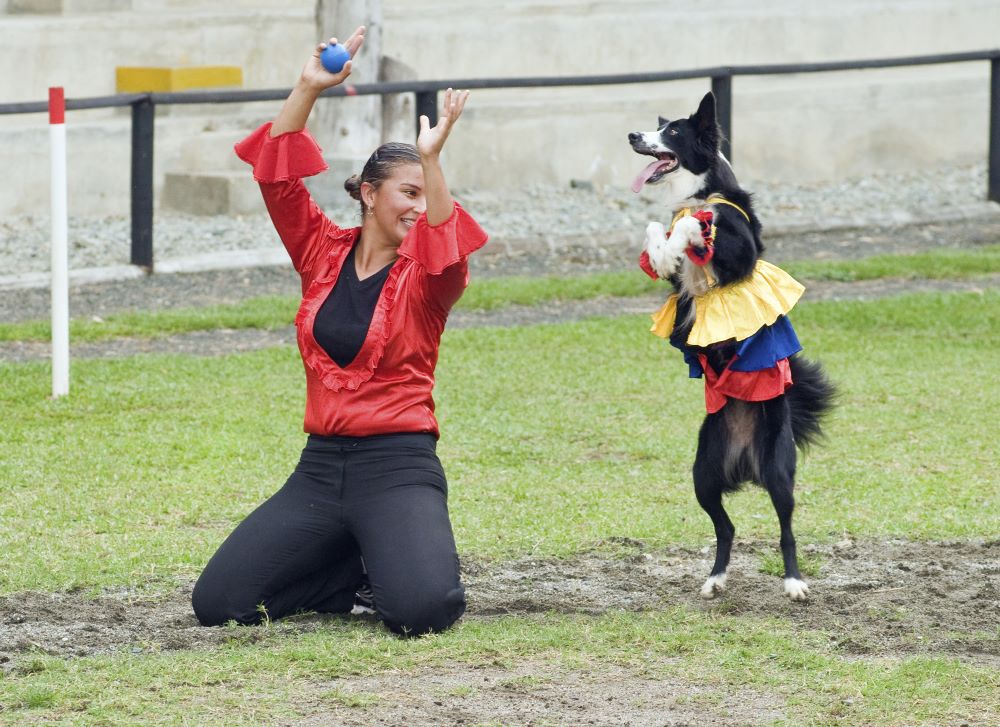
Dances with Dogs (DWD) is a challenging and fun sport for those who want to take their dogs to the next level in training. The discipline requires a good rapport between dog and handler, reflected in a high level of teamwork. Competitions provide handlers and their dogs with an opportunity to demonstrate a skilful, choreographed routine, performed to music and having spectator appeal.
The sport encompasses two separate divisions: (a) Freestyle and (b) Heelwork to Music. While DWD has its foundation in traditional obedience heelwork, the inclusion of innovative and creative moves, and movement in time to music and interpretation of the music, are unique to DWD.
DWD competitions are held Australia-wide, and there are levels for starters, novice, intermediate and advanced. DWD classes are available in which you and your dog can learn the spins, jumps, leg weaves, transitions, heel work and other skills that comprise a DWD performance. For those not drawn to competition, classes can also be taken just for the fun of it, and you don’t even need to be a good dancer to take part.
Find out more:
Disc Dog or Canine Disc or Frisbee Dog
In Disc Dog competitions, dogs and their human disc throwers compete in events such as distance catching and choreographed freestyle catching. Teams of one dog and one person compete in events such as the “throw and catch”, where points are awarded for catches at varying distances, and the dynamic freestyle event, which consists of short routines choreographed to music with multiple discs in play.
A relatively new dog sport in Australia, Disc Dog has quickly grown in popularity in the last ten years, with many clubs now open across NSW, Queensland and Victoria. Part of the popularity of dog disc is its accessibility – all that is required to take part is a level playing area, a dog, and a flying disc. Anyone can participate; it is a sport for all members of the family young and old, and all breeds of dogs willing to chase the disc, whether they are big or small, pure bred or cross breeds.
Find out more:
Dockdiving
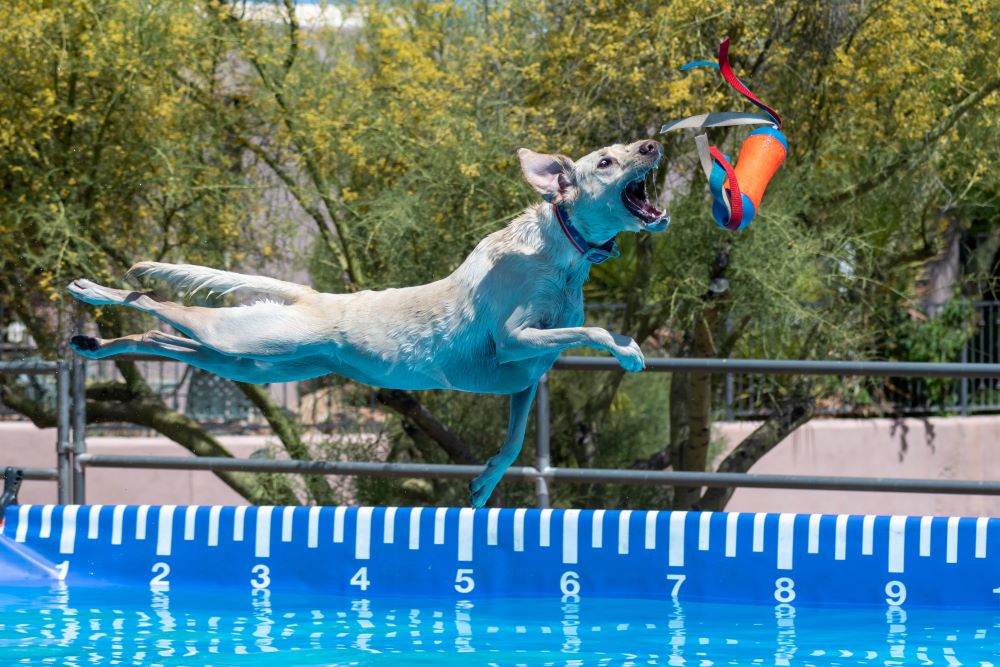
Dock-diving is a fast-growing sport that both owners and dogs tend to enjoy immensely, particularly if the dog loves water and retrieving. Dogs of all ages and breeds can partake of this sport, even senior dogs; as long as they can run and jump, they can be a dock-diving dog.
Basically, dock-diving entails you throwing an object – such as your dog’s favourite toy – into a pool while the dog waits on a dock about 12 metres long. On your signal, your dog runs along the dock, jumps off the end and lands in the water to grab the toy. The goal is to have the longest jump possible.
Find out more:
Dogsledding
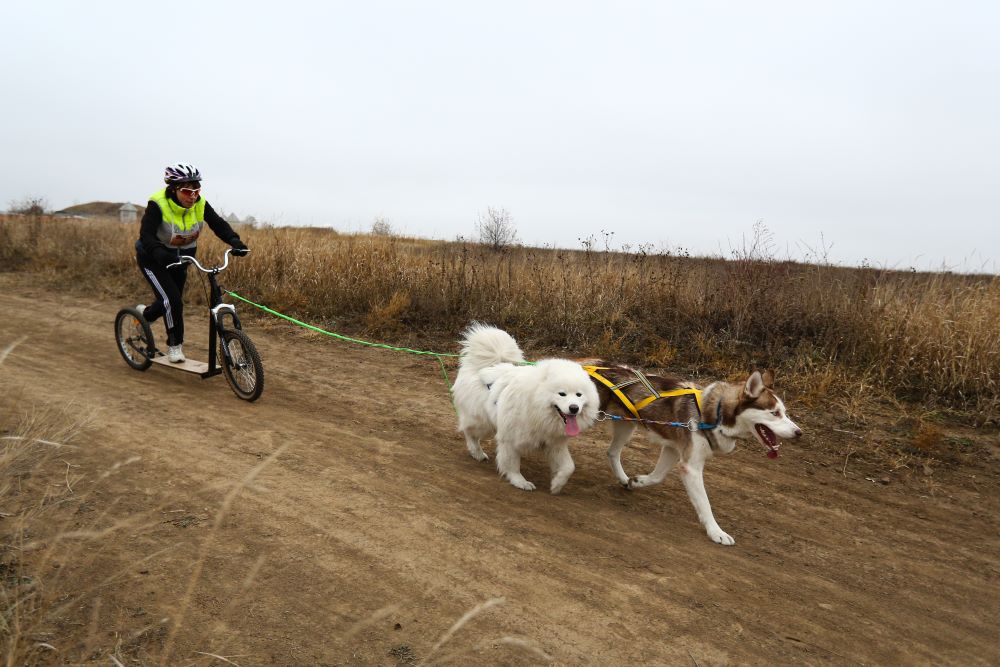
The sport of dogsledding isn’t just for sled dog breeds, and snow isn’t a must either. Although Siberian Huskies, Alaskan Malamutes and Samoyeds are well suited to sledding, in Australia any adult dog that can pull and run can take part.
Traditionally, teams of dogs pull a sled with a musher (driver) standing on the back, and the fastest team to complete the course is the winner. In our largely snowless country, most sledding events are held in bushland on dirt tracks, with single dogs or pairs pulling a scooter, and larger teams pulling a three-wheeled cart.
Find out more:
Flyball
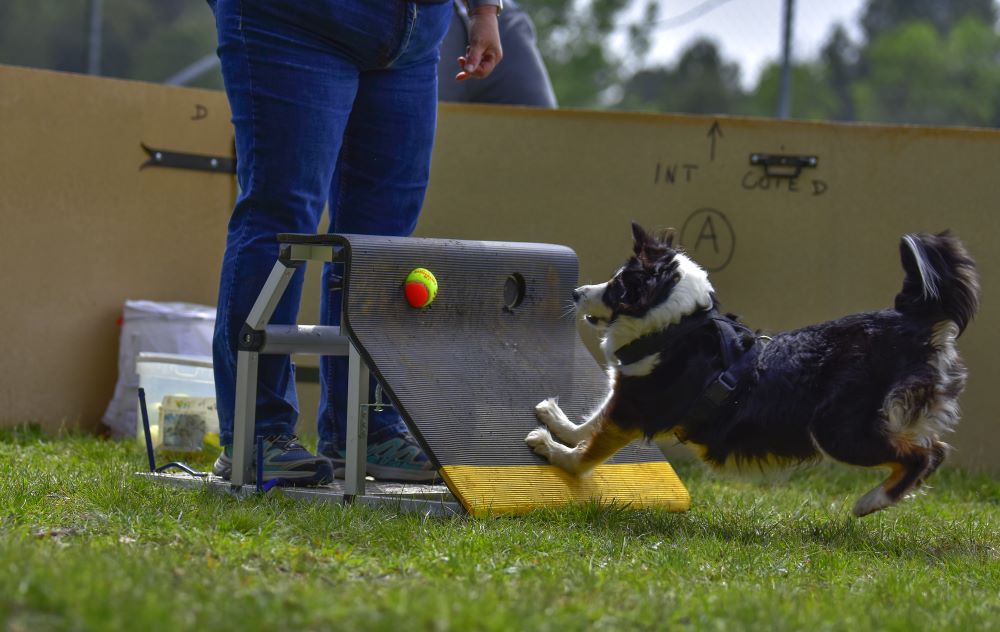
Flyball is a fun, fast-paced team sport that is ideal for dogs who love to run, jump, fetch and retrieve, such as Border Collies, Whippets, Jack Russell Terriers and Kelpies. However, any adult dog, regardless of breed, size, shape or level of training can take part.
In a nutshell, Flyball is a relay race around an obstacle course between two teams of four dogs. The dogs typically jump over four low hurdles to reach a flyball box. They then use their paws to trigger a spring-loaded pad on the box which releases a tennis ball into the air. They chase and retrieve the ball, finally jumping back over the hurdles to return to the start/finish line. As soon as the first dog returns, the second dog is off, with the first team to have all four dogs complete their run winning the heat.
Find out more:
A pet insurance policy with Bow Wow Meow will help ensure you can always afford to give your pet the best treatment.
- Find out more about our dog insurance options


GRC Dog Sport
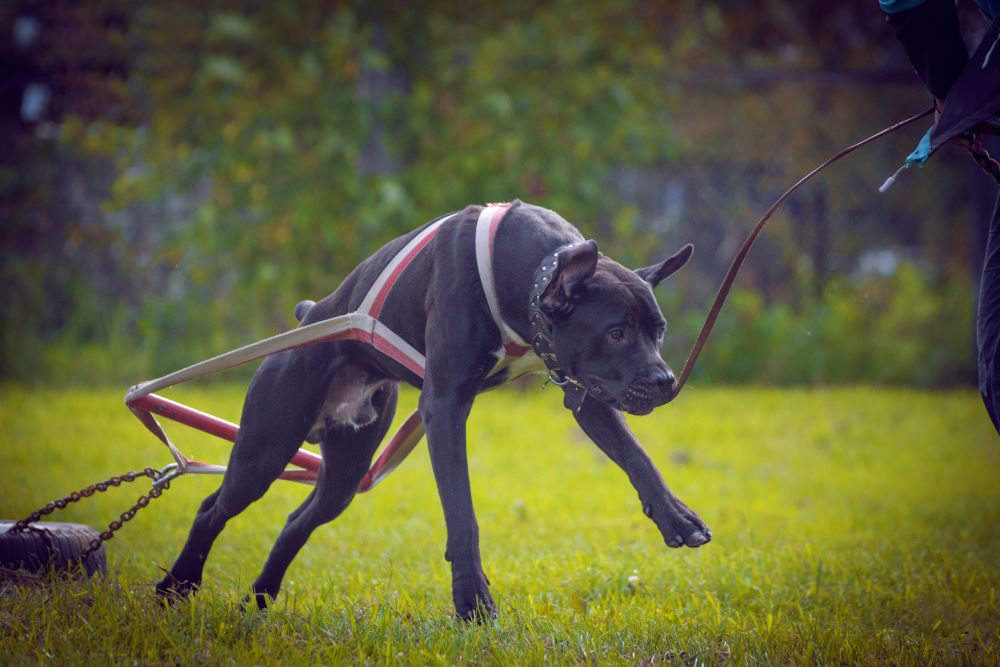
GRC is a new genre of dog sport that aims to test the dog’s Gameness, Relationship with its handler, and its self-Control. Open to all breeds, but aimed particularly at the drive sports associated with the American Pit Bull Terrier, competition events include the treadmill race, weight pull, wall climb and spring pole. GRC activities highlight the advanced obedience skills and teamwork that can be achieved through relationship-centred, motivational training.
Impulse control requirements are incorporated into these events, such as stays while waiting for the release to start. The spring pole, a free hanging tug toy, tests the depth of drive control of the dog and its relationship with his owner when faced with a huge temptation (i.e. the tug toy) that typically drives dogs crazy!
Find out more:
Herding
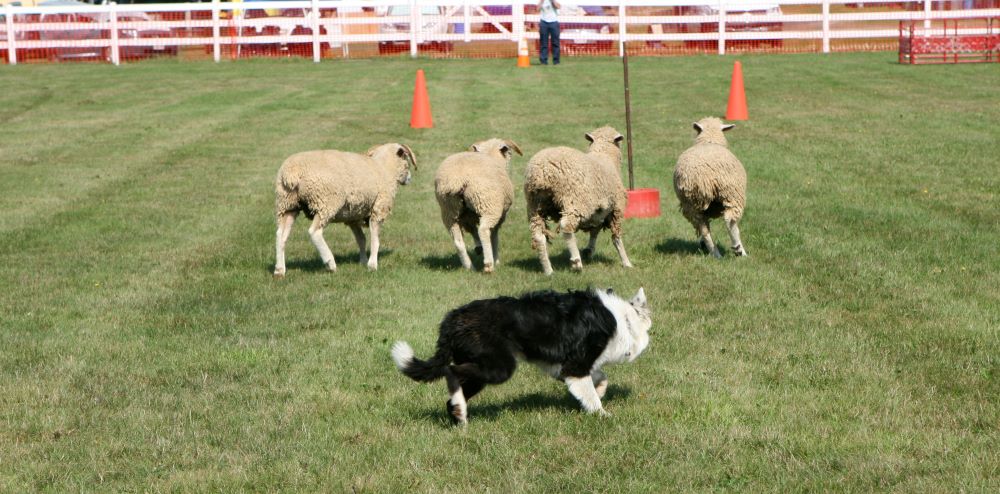
If you think your dog has a natural instinct for herding livestock, this may be an ideal dog sport to explore. Your dog will need to utilise its innate herding abilities to move sheep (or other animals) around a field, fences, gates, or enclosures, as directed by its handler. Competitive trials are usually conducted over three different courses in order to test all the skills required in the daily management of stock. However, it’s not just down to the dog’s natural ability; your role is also important and the teamwork between yourself and your dog is key to success in the competition arena.
All breeds of herding origin are eligible take part in competitive herding trials in Australia, including Border Collie, Australian Kelpie, Australian Cattle Dog, Bernese Mountain dogs, Norwegian Elkhound, Samoyed, Keeshond, Kerry Blue, Tibetan and Soft Coated Wheaten Terriers, Standard and Giant Schnauzers. Dogs of mixed breeds may compete providing they are a mix or apparent mix of herding breeds.
Find out more:
- https://dogsvictoria.org.au/family-pet/get-involved/dog-activities/herding.html
- https://www.dogsnsw.org.au/events/herding/
- http://www.bccnsw.com/herding.asp
Hoopers Dog Sport
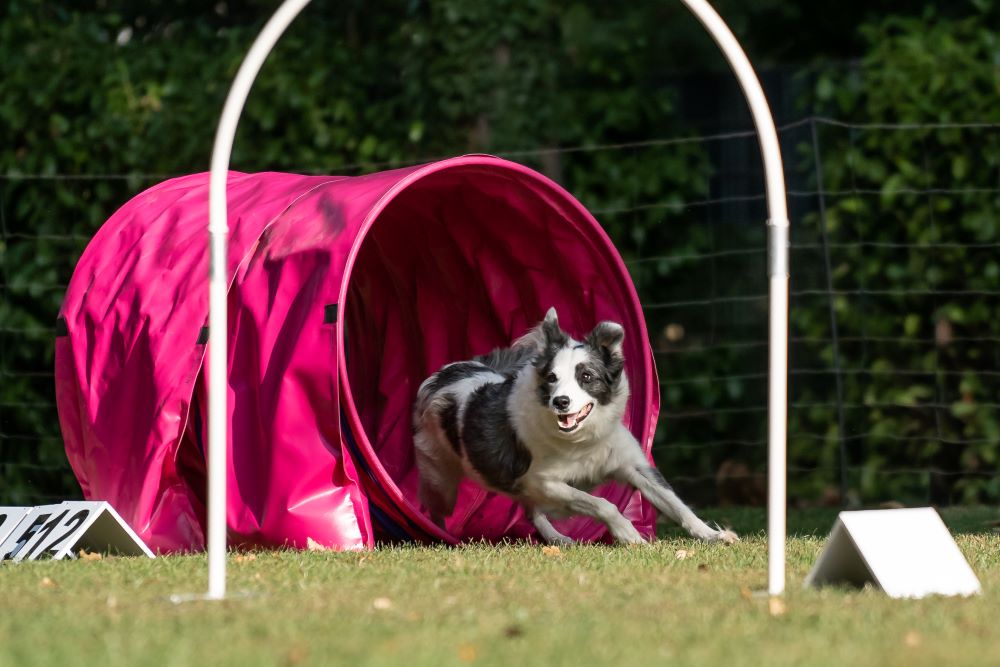
Hoopers is a fun sport suitable for dogs of any size, breed and age that is rapidly growing in popularity. Similar to agility but better for the joints and bones with no jumps or sharp turns, the course is flowing, ground-level and low-impact. Dogs and their handlers work together as a team to navigate the obstacles, which comprise a series of hoops to run under, barrels to go around and tunnels to run through.
This enjoyable sport is a great way to support nervous or sensitive dogs by boosting their confidence and strengthening their connection with their handler. You can participate competitively, attend classes, or go the DIY route by setting up a course in your backyard; equipment is low cost and easy to set up.
Find out more:
IPO / Schutzhund / PSA
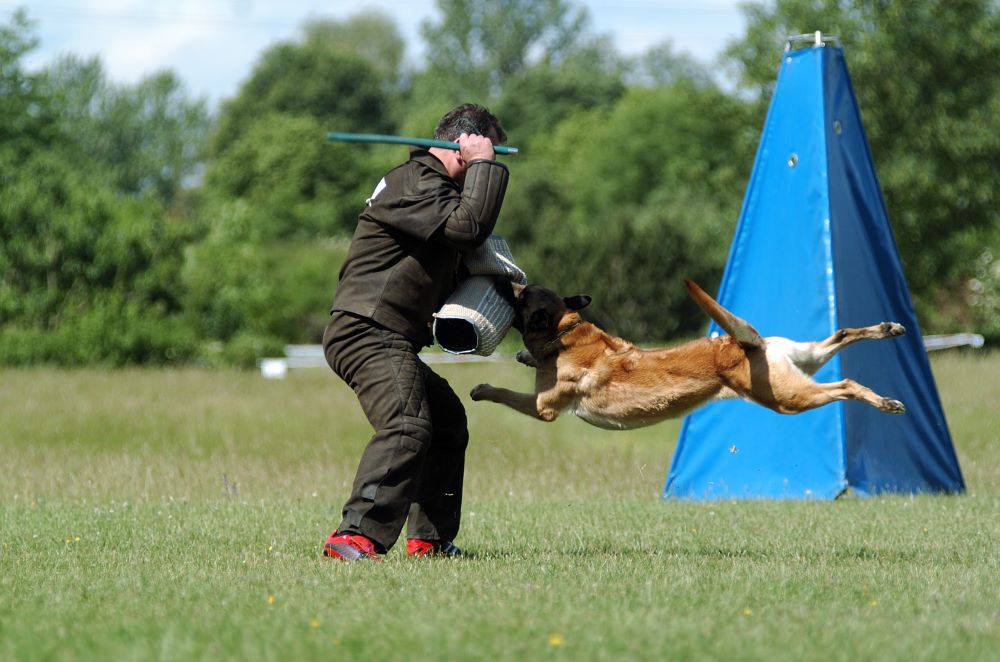
Schutzhund means ‘protection dog’ in German and this sport was originally developed as a test of working ability for German Shepherd Dogs. However, adult dogs of any breed or mixed breed can compete.
Known as IPO or PSA in other countries, the sport measures the dog’s mental stability, endurance, structural efficiencies, scent ability, willingness to work, courage under duress and trainability. It is comprised of three phases: tracking, obedience and protection, each of which includes a number of different tests and activities.
Find out more:
Lure Coursing
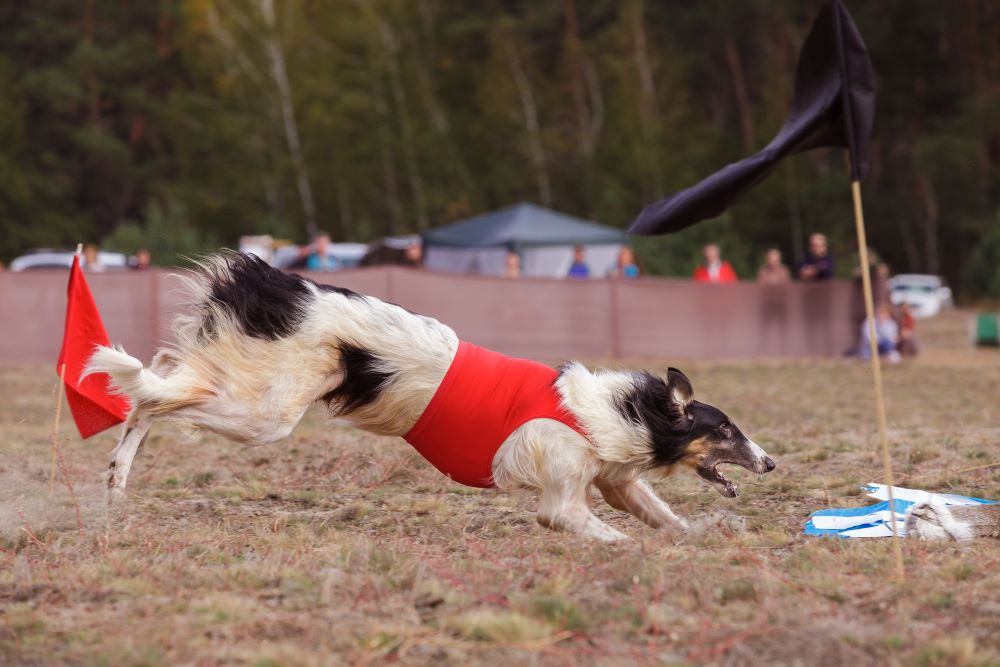
If your dog is a Sighthound breed who is very fit, very fast and loves chasing after ‘prey’ – whether a real, live animal or a plastic bag – Lure Coursing might well be your dog sport of choice. Although they are chasing a mechanised lure around a course, rather than actual live prey, the sport simulates the chase of escaping game, with many twists and turns along the route.
Purebred Sighthound breeds include Afghan Hounds, Borzois, Greyhounds, Ibizan Hounds, Irish Wolfhounds, Italian Greyhounds, Pharaoh Hounds, Salukis, Scottish Deerhounds, and Whippets, while Basenjis and Rhodesian Ridgebacks are also eligible. These dogs have a natural inclination to hunt by sight rather than smell, and the sport of Lure coursing allows them to do so in a safe, controlled environment.
Find out more:
Nosework or Scent Work
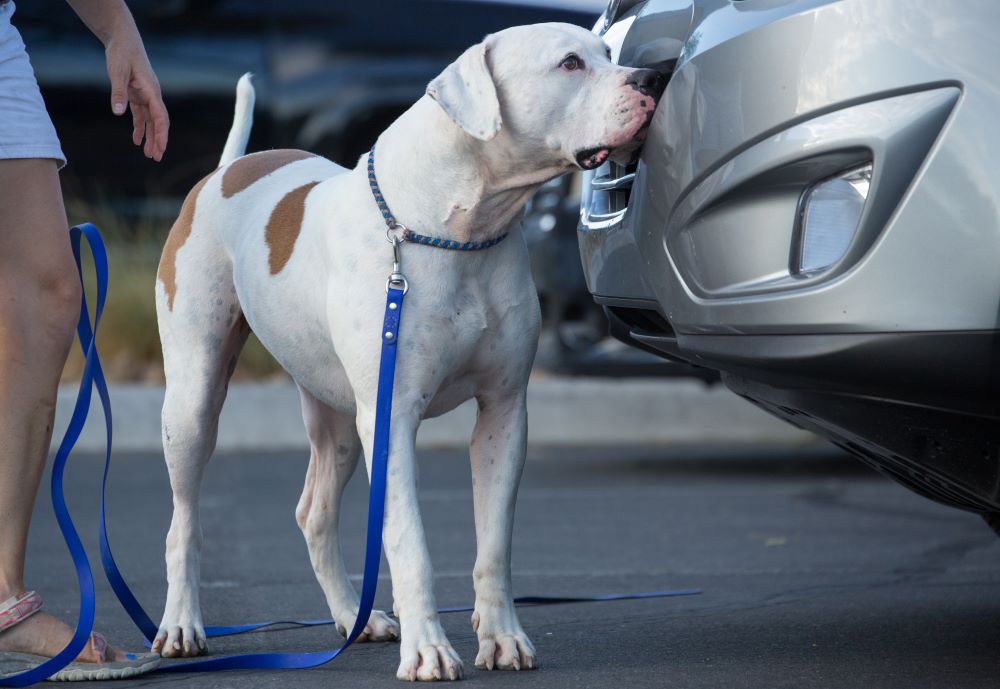
Dogs have a sense of smell that’s far superior to ours. Nosework, also known as Scent Work, is a positive, challenging activity that gives your dog the opportunity to use his incredible sense of smell to locate a hidden target scent. In this sport, dogs typically search for cotton swabs saturated with essential oils such as Birch, Anise, Clove and Cypress. The swabs are hidden out of sight within a pre-determined search area for the dog to find. When the dog finds the scent, it has to communicate the find to the handler, who calls it out to the judge.
 Nosework is a sport that is accessible to virtually any dog, including those who are unable to enjoy other dog activities because of their age, physical limitations, lack of obedience, fear or shyness. In most other dog sports the handler is in control but this isn’t the case in Nosework; neither the dog nor handler knows where the target odour is hidden, and the handler has to rely on the dog, and follow the dog’s nose to success. It is a wonderful way to build the dog’s confidence.
Nosework is a sport that is accessible to virtually any dog, including those who are unable to enjoy other dog activities because of their age, physical limitations, lack of obedience, fear or shyness. In most other dog sports the handler is in control but this isn’t the case in Nosework; neither the dog nor handler knows where the target odour is hidden, and the handler has to rely on the dog, and follow the dog’s nose to success. It is a wonderful way to build the dog’s confidence.
The sport of Nosework for companion dogs is fairly new in Australia. The basic training for Nosework is similar to the training of professional detection dogs that are used to detect a wide variety of scents and substances, such as border patrol dogs and drug dogs. If you don’t want to partake competitively, you can turn this into a fun activity to do at home, indoors or in the backyard – simply start by hiding food or treats instead of essential oils.
Find out more:
Obedience
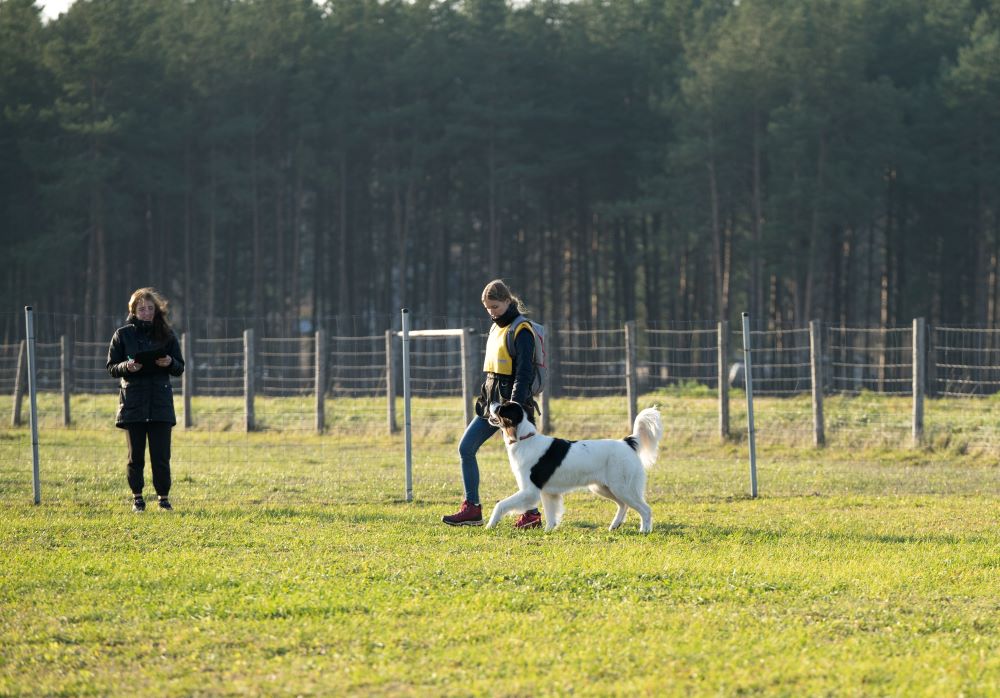
Has your dog mastered basic commands such as sit, stay, come, fetch and heel? Obedience training teaches a dog to be a well-mannered, useful companion animal and is the best way to establish good communication skills between the dog and his owner. Obedience work might not sound like exercise, but practicing recall and reinforcing basic commands provides incredible mental stimulation, as well as some physical exercise. To increase the physical demands of obedience, you can give your dog consecutive instructions to follow and teach fun new tricks like weaving and twirling.
At a competitive level, obedience is a precision sport with rules, regulations, judges, conditioning, training, placements and prizes. Dog and handler perform a series of standard exercises as directed by the judge within an obedience ring. The handler is not allowed to speak to the dog other than to give each instruction, for example, ‘heel’, ‘stand’, ‘down’ or ‘stay’. The dog should show willingness and enjoyment while working with the handler.
There are no breed restrictions for competitive dog obedience. Whether or not you wish to formally compete, every dog owner should consider some form of obedience training, be it through self-instruction or at a dog training school. It’s best to start when your dog is still a puppy, but it’s never too late – even old dogs can learn new skills.
Find out more:
Rally
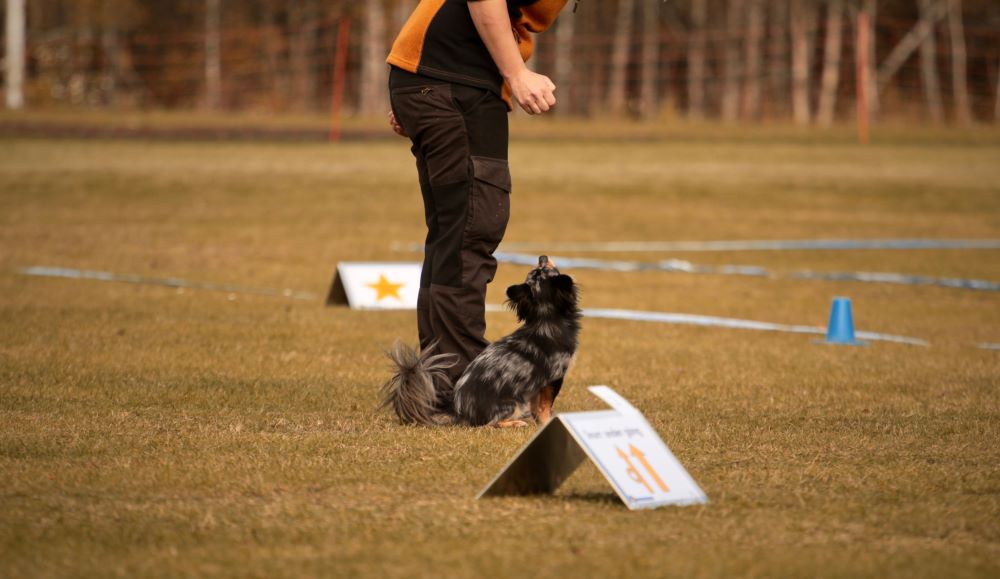
Do you and your dog enjoy obedience work but prefer a more relaxed, low stress environment? Rally was developed for dog owners who are not keen on the precision required for traditional competitive dog obedience. Unlike obedience competitions, in rally you are permitted to speak to, and encourage, your dog. If your dog enjoys learning new skills and works well with you, you can expect to do well in the rally ring.
There are 10 to 20 stations or signs on the rally course, depending on the level. Each sign indicates a different obedience skill to be performed such as sit, down, or a turn. With your dog at your left side, you both move through the course, completing each skill. Your performance is timed, but rather than speed, the goal is teamwork and having your dog under control at all times, and scoring is not as rigorous as in traditional obedience.
All dogs are eligible to compete in rally; any dog that can walk on a leash and knows basic obedience skills like ‘sit’, ‘down’ and ‘stay’ can start training for this sport. If you want to try it out at home, you can find signs online to print out, or hand-make your own. Choose some instructions that your dog has mastered and a few that need more practice, and create your own at-home rally course in your backyard or living room.
Find out more:
- https://dogsvictoria.org.au/family-pet/get-involved/dog-activities/rallyo.html
- http://www.bccnsw.com/rally–o.asp
Retrieving
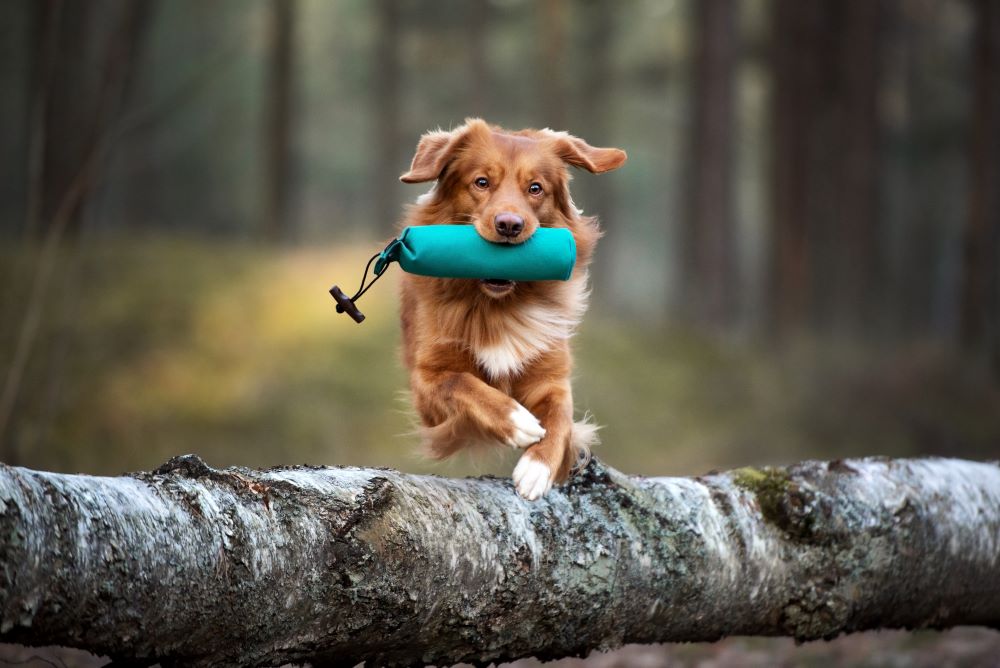
A sport for Gundogs that enables them to practice what they were bred for, retrieving is ideal for those who enjoy spending time in the great outdoors with their dog. There are several different kinds of competitions in Retrieving, including Retrieving Ability Tests, Retrieving Trials, and Field Trials.
All Retrieving Trials and some Ability Tests require the dog to retrieve an object that is cast either from or across water. Typically, dog has to enter or traverse small dams, ponds or creeks, and always where there is sufficient depth that the dog’s feet cannot touch the ground.
To participate in Retrieving competitions you need a Gundog that is registered with the canine registration body in your state. Events are usually held in rural and regional locations because the sport requires lots of space and varying terrain.
Find out more:
- https://www.retrieving.org.au/
Tracking
![]()
This sport is the competitive version of canine search and rescue, i.e. tracking and finding lost humans or animals. It utilises a dog’s natural ability to recognise and follow a scent. The objective is for the dog to find four items possessing a human scent that have been dropped along the track. Usually working on a long lead, the owner follows the dog along the track and can offer encouragement. As in Nosework activities, the dog is completely in charge, because only he knows how to use his nose to find and follow the scent.
Tracking is a great canine sport for owners and dogs who enjoy the outdoors. All types of dogs compete in competitive tracking trials, from toy breeds such as Cavalier King Charles Spaniels to larger gun dogs and working breeds like German Shepherd Dogs and Rottweilers.
Find out more:
Tricks
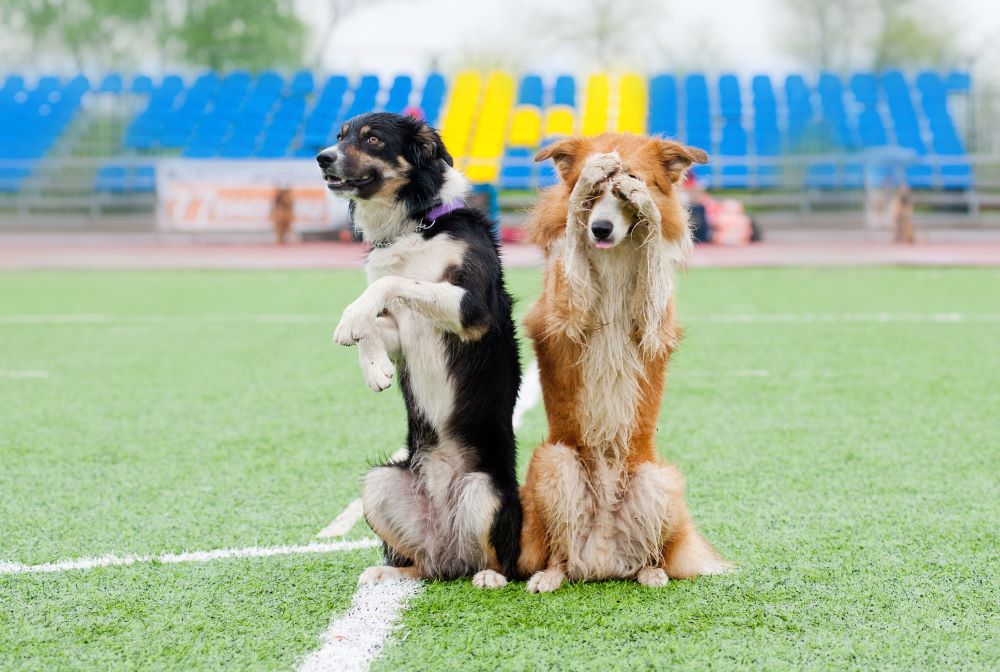
Did you know that ‘roll over’ and ‘high five’ have been turned into a sport? If your dog loves the fun and mental exercise of training and has mastered basic obedience, you may both enjoy moving on to “Trick Dog” tests. Learning new tricks is not only great physical and mental exercise for dogs, it also improves communication between dog and owner, thereby increasing the bond between them. Shy and anxious dogs can also benefit greatly from trick training; learning new behaviours builds their confidence as they discover they can conquer new challenges.
Trick Dog Competition encourages owners to teach their dogs skills and to display various behaviours in a positive and fun environment. The rules are designed so that owners and dogs of all abilities can compete on an equal footing. The objective is for the dog and handler to perform a selection of tricks while demonstrating obvious cooperation between a willing dog and a supportive handler.
Find out more:
Learn more
- The importance of exercise for adult dogs
- How much exercise does my dog need?
- How much exercise does my puppy need?
- How to exercise your puppy
- Exercising your senior dog
- Indoor workouts for dogs
- Brain workout – Mental exercise for dogs
Bow Wow Meow Pet Insurance can help protect you and your dog should an unexpected trip to the vet occur.
-
Find out more about our dog insurance options
-
Get an online pet insurance quote






